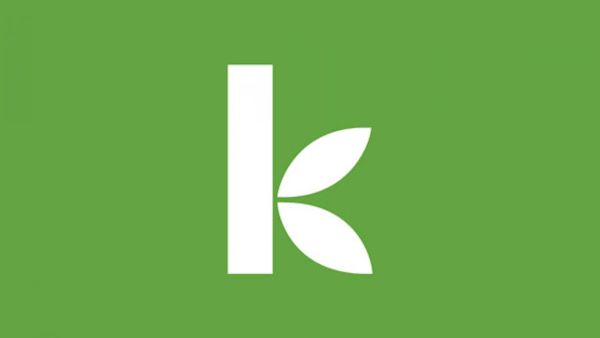
Since arriving in Kenya I have been yearning to meet Kiva clients, to see the effects of Kiva and microfinance with my own eyes. Over the years I have read many books and articles about microfinance, but nothing can take the place of seeing the smiles on the clients’ faces as they watch customers file in and out of their shops – often as a direct result of their Kiva loan. I not only saw clients who had been given the opportunity to increase their incomes, I saw people with a newfound sense of pride, accomplishment, and confidence. I can now attest to the fact that Kiva loans really are loans that change lives…it’s not just a clever slogan!
We visited clients in Mlolongo, a rapidly growing town on the Mombasa Highway, just outside of Nairobi. What was only recently considered an informal settlement has grown due to the high traffic of transport trucks and is now considered a town. Mlolongo has a rapidly growing population and subsequently a rapid increase in businesses and homes. On the morning of our field visit, it had been raining. The roads are unpaved, and there is no drainage system for excess water. So it was mud, puddles, and careful steps for us! Everywhere we looked, we could see new houses being built to accommodate the influx of people coming to live in the town. Many recently-opened businesses lined the muddy streets. Unfortunately for those who can’t afford a stall or a shop from which to operate their business, a rainy day means that they can’t lay out their goods on the street for sale. One of the Kiva clients was one such unfortunate business-owner who had no choice but to accept the fact that she could make no sales until the weather cleared up. But the weather was no deterrent for the other Kiva clients I had the pleasure of meeting.
Instead of singling out a few of the clients, I want to express my overall feeling after my field visit. (If you want to learn more about the individual clients in Mlolongo, check out the journal entries I have posted for Action Now: Kenya.) Leaving Mlolongo, I had some time to digest what I had just seen and experienced while I sat in two hours of diesel-infused air while stuck in the notorious Nairobi traffic. My first thought was of the overwhelming display of entrepreneurship and determination in each of the clients. Each has suffered their own set of hardships, each has accepted financial responsibility for their families and often extended families or orphans in the area, and each has been proactive in helping themselves to rise out of poverty. That’s something that has always intrigued me about microfinance. In my eyes, the old saying, “It takes money to make money”, is only half of the economic development equation. It takes money and determination to make money, especially in the developing world where adversity often outweighs opportunity.
Secondly, as I mentioned earlier, I saw the difference a small loan can make. Most of the clients we visited used their loan to purchase inventory or materials in bulk for their shop. There are so many benefits from doing so: a bigger selection for customers (creating competitive advantage over other, similar shops), a price discount for buying in bulk (allowing for greater profits), and less travel time to go to Nairobi to make their purchases (reducing costs in both time and money), to name a few. Many of the clients said they wanted to become a wholesaler to supply other shops in the area with material or goods. The boost a Kiva loan can give to their business sets the stage for the future ability to do so. From an economic standpoint, a wholesale business can lead to greater profits and higher incomes; and from a development standpoint, it would mean that the shop owners of Mlolongo wouldn’t have to travel to Nairobi to purchase their inventory and the money would therefore remain within the town, benefiting the community as a whole.
I’ll be visiting slum areas of Nairobi this week, an experience sure to be different in many ways. I’m looking forward to seeing first-hand the different challenges faced by business-owners in the slums, as well as the differences in living conditions and overall quality of life – in comparison with the town of Mlolongo.
/>













